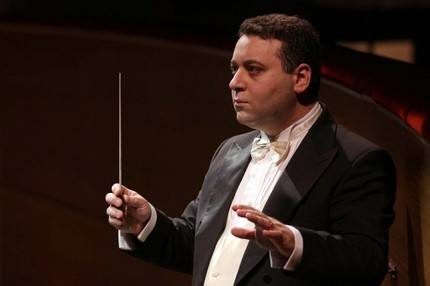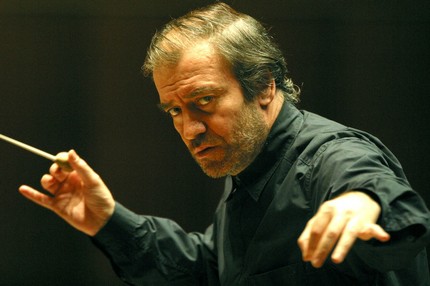
Rudolf Kempe (Rudolf Kempe) |
Rudolf Kempe

There is nothing sensational or unexpected in the creative career of Rudolf Kempe. Gradually, from year to year, gaining new positions, by the age of fifty he had moved into the ranks of the leading conductors of Europe. His artistic achievements are based on a solid knowledge of the orchestra, and this is not surprising, because the conductor himself, as they say, “grew up in the orchestra.” Already at an early age, he attended classes at the orchestra school at the Saxon State Chapel in his native Dresden, where his teachers were famous musicians of the city – conductor K. Strigler, pianist W. Bachmann and oboist I. König. It was the oboe that became the favorite instrument of the future conductor, who already at the age of eighteen performed on the first console in the orchestra of the Dortmund Opera, and then in the famous Gewandhaus orchestra (1929-1933).
But no matter how great was the love for the oboe, the young musician aspired to more. He joined the Dresden Opera as an assistant conductor and made his debut there in 1936, conducting Lortzing’s The Poacher. Then followed years of work in Chemnitz (1942-1947), where Kempe went from choirmaster to chief conductor of the theater, then in Weimar, where he was invited by the musical director of the National Theater (1948), and finally, in one of the oldest theaters in Germany – Dresden Opera (1949-1951). Returning to his hometown and working there became a decisive moment in the artist’s career. The young musician turned out to be worthy of the remote control, behind which were Schuh, Bush, Boehm …
From this time begins the international fame of Kempe. In 1950, he tours in Vienna for the first time, and the next year he becomes the head of the Bavarian National Opera in Munich, replacing G. Solti in this post. But most of all Kempe was attracted to tours. He was the first German conductor to come to the USA after the war: Kempe conducted Arabella and Tannhäuser there; he brilliantly performed at the London theater “Covent Garden” “Ring of the Nibelung”; In Salzburg he was invited to stage Pfitzner’s Palestrina. Then success followed success. Kempe tours at the Edinburgh Festivals, regularly performs at the West Berlin Philharmonic, on Italian Radio. In 1560, he made his debut in Bayreuth, conducted the “Ring of the Nibelungen” and subsequently performed more than once in the “city of Wagner”. The conductor also led the London Royal Philharmonic and Zurich Orchestras. He does not break off contacts with the Dresden Chapel either.
Now there is almost no country in Western Europe, North and South America, where Rudolf Kempe would not conduct. His name is well known to record lovers.
“Kempe shows us what conductor virtuosity means,” wrote one German critic. “With iron discipline, he works through score after score in order to achieve complete mastery of the artistic material, which allows him to easily and freely sculpt a form without crossing the boundaries of artistic responsibility. Of course, this was not easy, as he studied opera after opera, piece after piece, not only from the conductor’s point of view, but also from the point of view of spiritual content. And so it happened that he can call “his” very wide repertoire. He performs Bach with full awareness of the traditions he learned in Leipzig. But he also conducts the works of Richard Strauss with ecstasy and dedication, as he could do in Dresden, where he had at his disposal the brilliant Strauss orchestra of the Staatskapelle. But he also conducted the works of Tchaikovsky, or, say, contemporary authors, with the enthusiasm and seriousness that were transferred to him in London from such a disciplined orchestra as the Royal Philharmonic. The tall, slender conductor enjoys an almost unfathomable precision in his hand movements; It is not only the intelligibility of his gestures that is striking, but first of all, how he fills these technical means with content in order to achieve artistic results. It is clear that his sympathies primarily turn to the music of the XNUMXth century – here he can most fully embody that impressive force that makes his interpretation so significant.
L. Grigoriev, J. Platek, 1969





